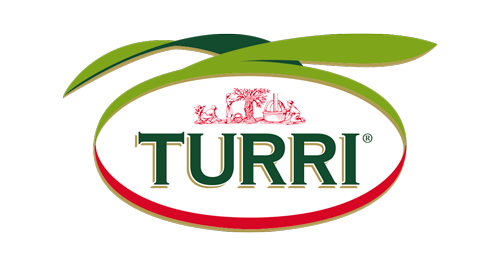We all know that a drizzle of extra virgin olive oil can offset any dishes. But are there any guidelines that can help us choose what oil to use?
First of all, it is worth remembering that as a dressing, it always highlights the flavour of the food, modifying the way we perceive its aromatic compounds. However, food is also more appetizing when cooked in olive oil. If used for frying, extra virgin oils can also prevent the loss of the more volatile aromatic compounds from the food, and the resulting dish, as well as being tastier, is also more pleasantly crisp.
But what about pairing the wide array of oils available on the market, each with their particular perfume and taste, with our food? The features of an oil can affect the way we perceive the aromas and flavours of the food, as well as their intensity, so we should pay great attention to the type of oil employed. The first thing to do is categorize the oil. Extra virgin olive oils can be classified by their fruitiness into three groups: delicate oils, with their mild, subtle attributes, medium fruity oils, which are more sapid, rotund and fragrant, and robust or highly fruity oils, which possess a stronger scent and flavour.


